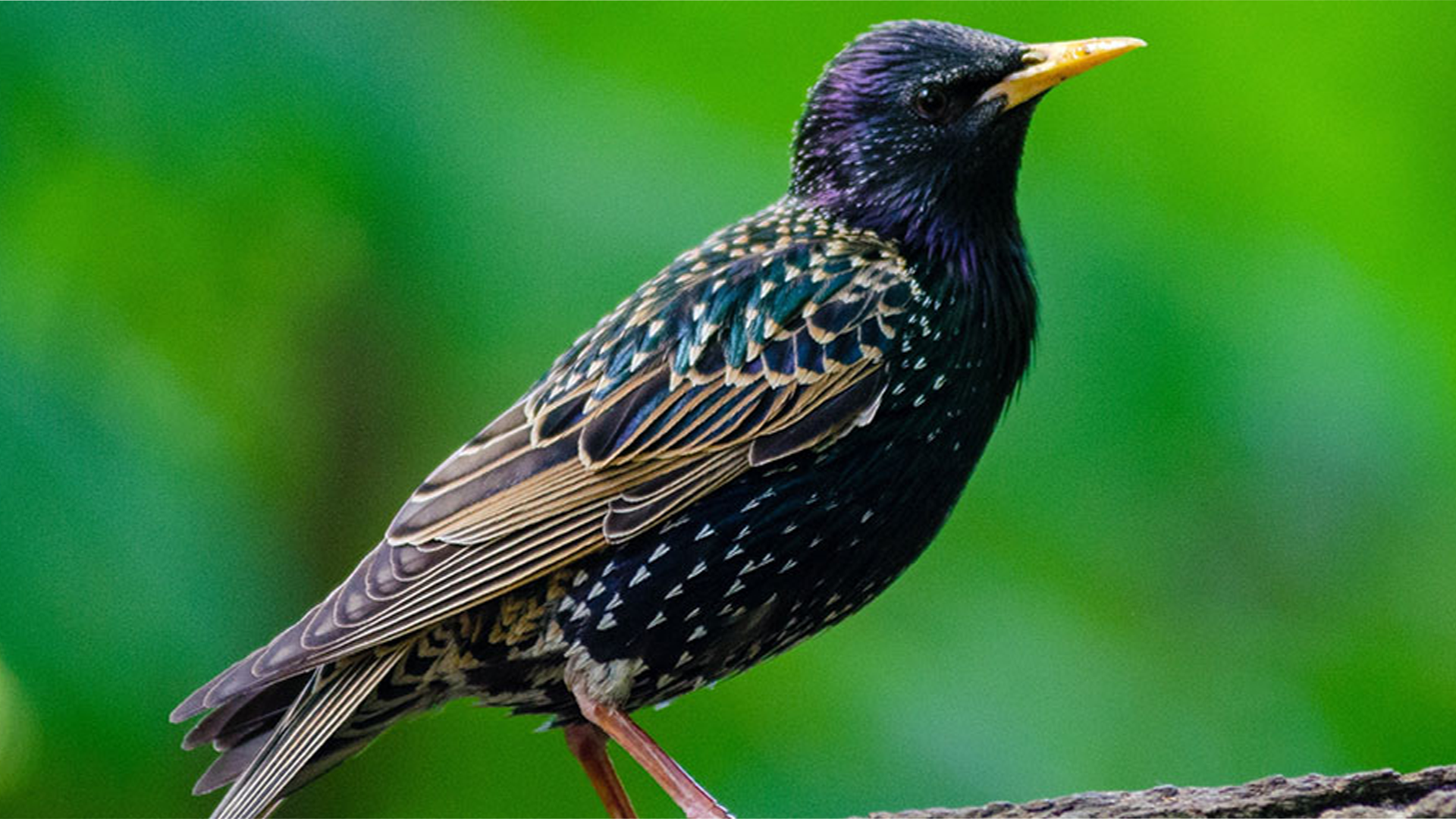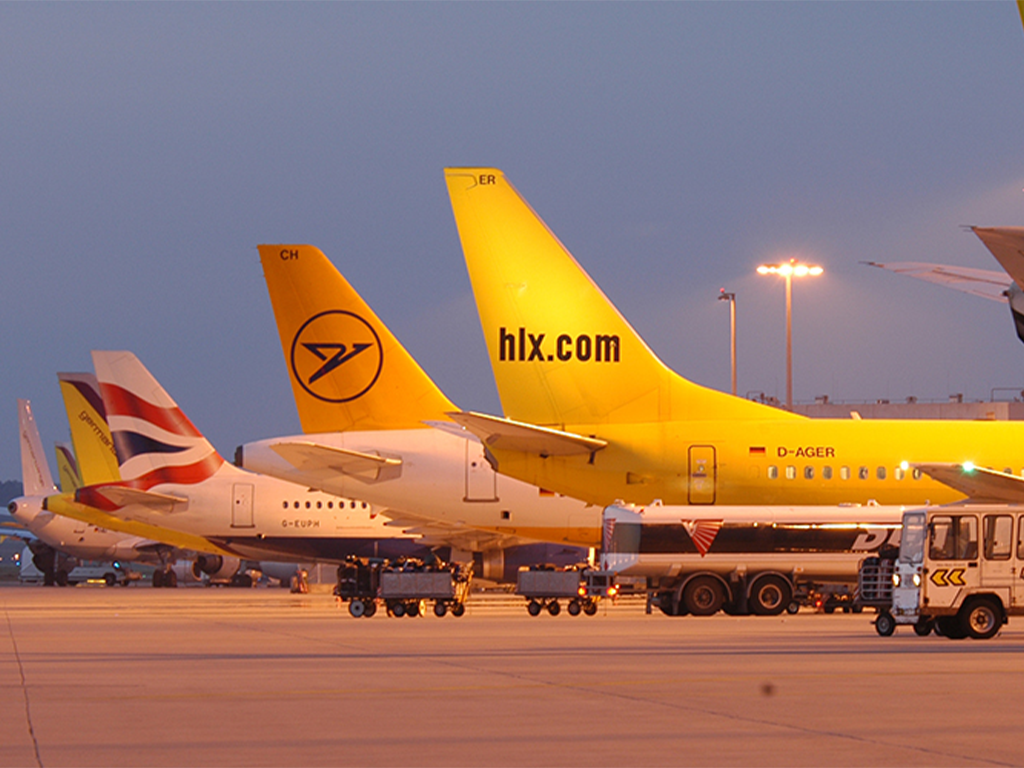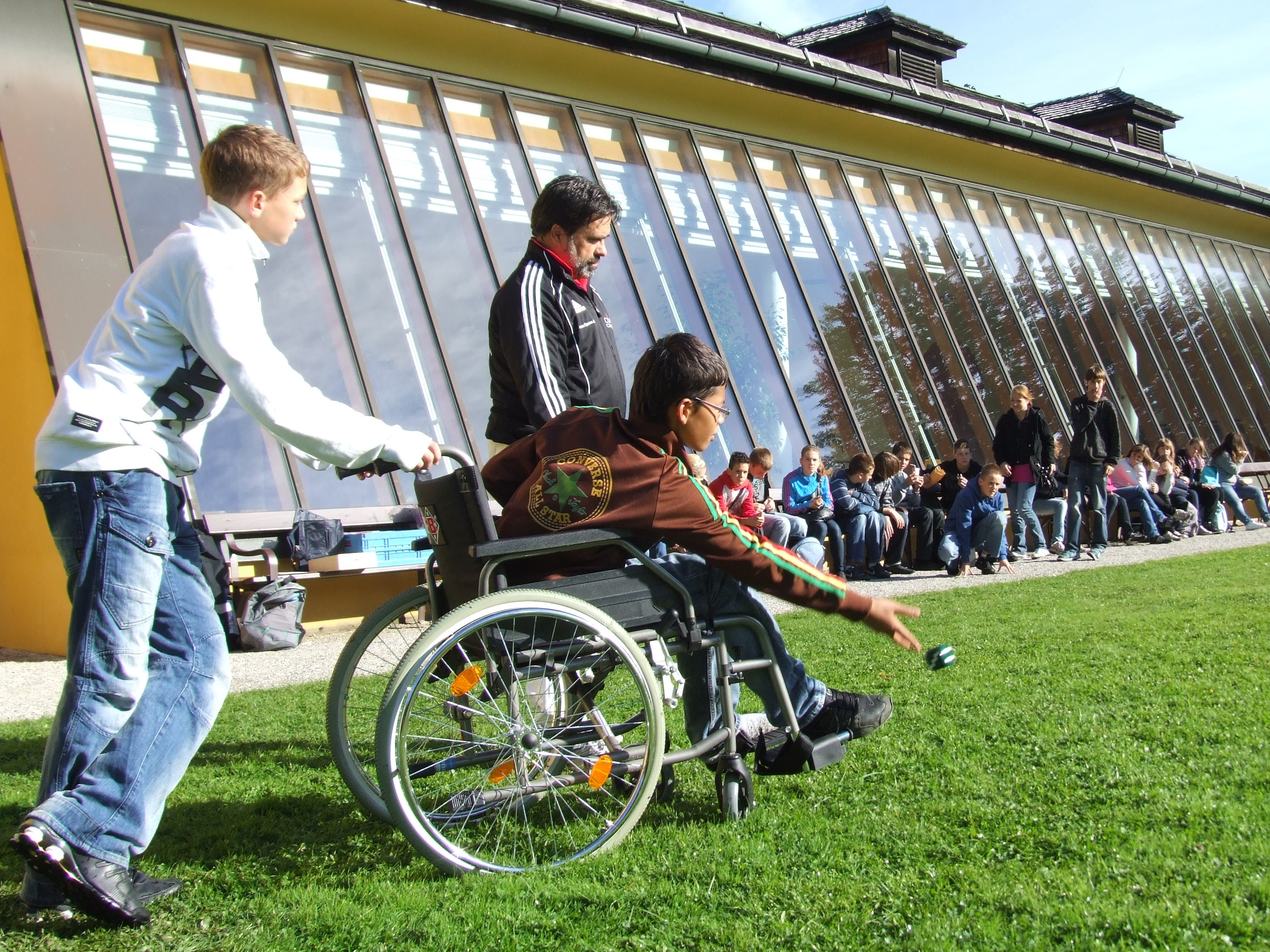 Biology
Biology


4678993 / 5565753
Starling
Bird of the Year
In general, male and female starlings look very much alike. In spring, starlings assume their nuptial plumage, in autumn, after moulting, they wear their eclipse plumage. The nuptial plumage of spring consists of black feathers that have a green, blue and violet metallic sheen. Females then have bright spots on the upper side of the feathers. Both sexes have a yellow bill with a light blue base for the males and a reddish one for the females. Details of this plumage can be recognised especially clearly in this starling in the NABU Bird Protection Centre in Mössingen. It has a bill injury which is being treated here before it is released again. The starling has a length of about 20 centimetres. It is between a parrow and a blackbird in size. It could be mistaken for a blackbird male at the most. But blackbirds have no shining plumage and, moreover, a longer tail. Its almost triangular wings are rather short compared with birds of a similar size. As short-distance or medium-distance migrants, starlings do not have to cover long distances. Their wings are broad since they mostly inhabit the open countryside. Compared to them, blackbirds have longer and narrower wings with which they can fly better in the dense forest. Starlings fly with rapid and strong wing beats. Gliding flight is used before landing.
Play trailer

Curriculum-centred and oriented towards educational standards
Matching
Air Traffic
Being able to fly has been a dream of humanity from time immemorial. But it does not even date back a century that people actually started being able to travel through the air. Since the 1960s, the number of flight passengers has been constantly increasing. Thus, the airspace is no longer dominated by birds but by man-made flying objects.









